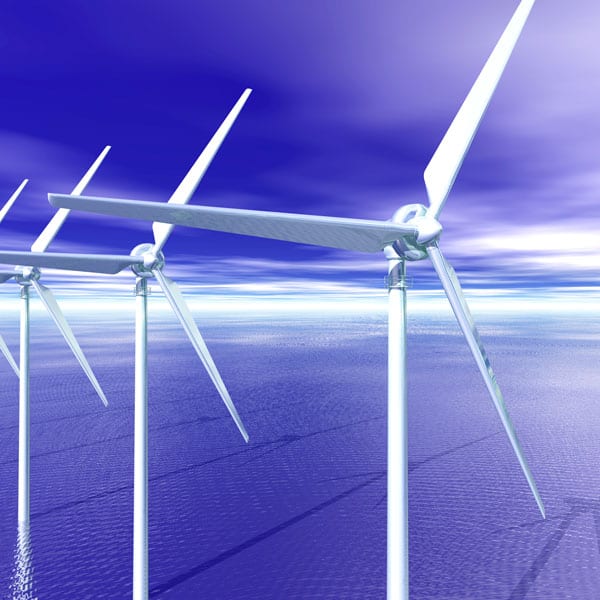Wind Power Benefits Local Tax Revenue
October 17, 2018
When you drive past a row of towering wind turbines, what comes to mind? Clean energy? Feats of engineering? High-quality jobs? While you should certainly think of all these things, you should also think of the boost to local tax revenues.
How Wind Power Benefits Local Tax Revenue
The Benefits
Municipalities, including cities and counties, have seen amazing growth in tax revenues due to wind power. According to an article from the American Wind Energy Association (AWEA), areas as far north as Minnesota and as far south as Texas are seeing the benefits of wind energy. For example, in Adair County, Iowa, the tax base has grown over 30 percent between 2009 and 2018 thanks in large part to wind power. It’s expected to continue as new wind turbines are erected.
In Minnesota, wind energy blew $12.7 million into the state budget for a single year and provided an average of roughly 6 percent of the total general fund for counties. In Jackson County, a rural southwest county with just over 10,000 citizens (about 0.3 percent compared to the Twin Cities), wind power is expected to contribute $2.2 million by the end of 2018.
Money coming into the local tax offers is great, but how is it actually benefiting citizens? You can look at one example in Texas, where, according to a local superintendent, tax money from wind power funded a new high school that replaced a 92-year-old building. The article from the AWEA also states that wind power has paid for over 40 percent of the annual debt bills at Webb Consolidated Independent School District, also in Texas.
 How Does it Work?
How Does it Work?
So how does money actually go from the wind turbines into the local accounts where it can be turned into schools and community works? Municipalities have a few different options for funneling the money from the turbines into their communities. A report from Reuters states that the tax benefit is highest in counties that apply a property tax rate to the value of the wind turbines, which is the technique used in Iowa. Under this system, the wind farm becomes a part of the county’s tax base, starting at 5 percent of the appraised value of the property. The more the property is worth, the more money goes into tax revenues.
Counties can also tax kilowatt hours of wind energy produced, which is usually calculated annually. This is the technique used in Minnesota, allowing counties to make more money if the wind turbine is producing more energy; the downside being that they make less when the turbines produce less.
As more counties and cities see their neighbors benefit from wind energy, the demand for this clean and effective resource is sure to increase. The next time you drive by a row of wind turbines, remember to think about the significant boost to the local tax base.


